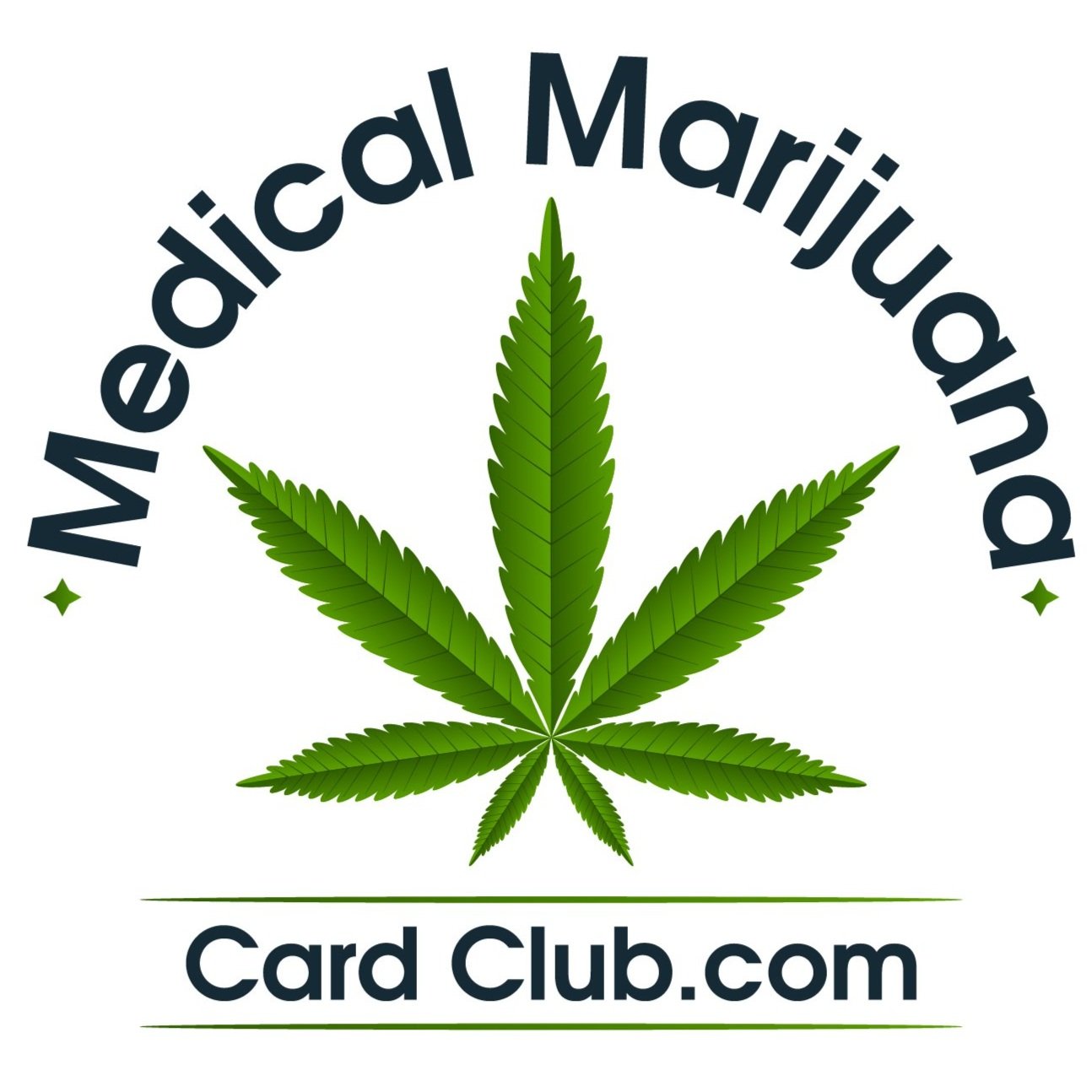Future of Medical Marijuana on a Federal Level
Future of Medical Marijuana on a Federal Level
Many states have made it legal to consume cannabis for medical or recreational purposes. Cannabis, on the other hand, remains a Schedule I drug under the Controlled Substances Act, making it unlawful on the federal level. The Marijuana Opportunity Reinvestment and Expungement Act ("MORE Act") would do away with this, and the commercial implications must be evaluated.
The MORE Act was first introduced in the previous Congress and passed the House but not the Senate. It was reintroduced last month and passed the House but not the Senate. The law aims to erase criminal penalties, expunge criminal records, and develop social equity programs for people and communities who have been harmed by marijuana prohibition. The Small Business Administration would establish the Cannabis Restorative Opportunity Program to provide equitable cannabis licensing programs.
As more states push for reform, a former US attorney general says the country is "certainly on the path to decriminalizing marijuana" at the federal level.
For Native American tribes that have legalized cannabis in states such as California, North Carolina, South Dakota, and Washington, federal legalization could help clear up some of the confusion. The Wilkinson memo, released by the US Department of Justice in 2014, asks for the protection of cannabis enterprises on tribal grounds from federal prosecution in the same way that states are. It is not, however, an enforceable statute, and it does not completely address how tribal lands should be included in existing state frameworks.
Amazon recently declared its support for the law and claimed that it will continue to back federal legislation legalizing cannabis in the future. "We will no longer include marijuana in our comprehensive drug screening policy for any positions not regulated by the Department of Transportation, and will instead treat it the same as alcohol intake," said CEO Dave Clark.
Recreational marijuana is legal in sixteen states and the District of Columbia, while medical marijuana is authorized in 36 states. With legal cannabis sales estimated to exceed $20 billion in 2020 and double by 2025, this issue will only grow in importance over time.
On Thursday, Eric Holder, the nation's top law enforcement official under President Barack Obama, spoke at Ohio State University's Moritz College of Law on a drug policy panel. He expressed his optimism that the United States is moving toward more permissive drug laws that regard addiction as a public health issue, and he suggested that federal cannabis reform is becoming increasingly likely. Holder claims that the war on drugs has cost people their jobs and government funds, and that society is beginning to shift in a different direction.
"Now, in terms of decriminalization, we are unmistakably on our way to decriminalizing marijuana," he stated. "You know it's going to happen," says the narrator. We're currently on a glide path."
History of Legalization of Alcohol
For hundreds of years, alcohol has been a component of American culture. During the precolonial period, certain Native American tribes employed alcohol for ceremonial purposes. Because they needed to replenish their supply of beer, the pilgrims landed the Mayflower illegally at Cape Cod rather than at their chartered destination of Virginia in the sixteenth century. By the 1820s, Americans of all ages were drinking more than at any other time in history, ingesting three times as much alcohol per day on average than their contemporary counterparts.
The temperance movement arose in response to widespread overconsumption and public drinking, and gained traction with the founding of the American Temperance Society in 1826. Temperance groups promoted alcohol abstinence and acquired cultural traction, leading to growing calls for official prohibition. Maine passed a law forbidding the manufacture and sale of alcoholic beverages in 1851, but it was repealed five years later.
Prohibition was a legal prohibition in the United States from 1920 to 1933 that prohibited the manufacturing, sale, and transportation of alcoholic drinks under the restrictions of the Eighteenth Amendment. Despite the fact that the temperance movement was widely supported, millions of Americans were willing to drink liquor (distilled spirits) illegally, giving rise to bootlegging (the illegal production and sale of liquor) and speakeasies (illegal, secretive drinking establishments), both of which were exploited by organized crime. As a result, the Prohibition era is also known as a period of gangsterism, marked by competitiveness and deadly turf wars between criminal groups.
With the advent of the Great Depression, state governments began to reconsider the tax money that could be generated by legal alcohol sales. Franklin D. Roosevelt won the Democratic presidential nomination in 1932 and ran on a platform of repealing Prohibition. The Twenty-First Amendment, which repealed both the Eighteenth Amendment and the Volstead Act, was presented by Congress and passed by the states shortly after his inauguration in 1933. Only a few states kept statewide prohibition in place, but by 1966, they had all abandoned it.
While the federal government supervises alcoholic beverage production, taxes sales, and requires a health warning on alcoholic products from the Surgeon General, alcohol sales are now mostly regulated by state and municipal governments. As a result, there are disparities in when alcohol is sold, where it is sold, how it is sold, what sorts are sold, and so on across the country. In reality, there are still some dry settlements. After Prohibition, the drinking age was raised to eighteen in most parts of the country. The National Minimum Drinking Age Act of 1984, which tied the age requirement to federal highway funds, pushed all states to adopt a twenty-one-year-old drinking age.
References
1. https://www.jdsupra.com/legalnews/will-cannabis-ever-be-legalized-at-the-7795738/
2. https://www.britannica.com/event/Prohibition-United-States-history-1920-1933
4. https://www.britannica.com/event/Prohibition-United-States-history-1920-1933
5. https://www.history.com/topics/roaring-twenties/prohibition
